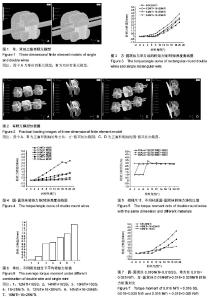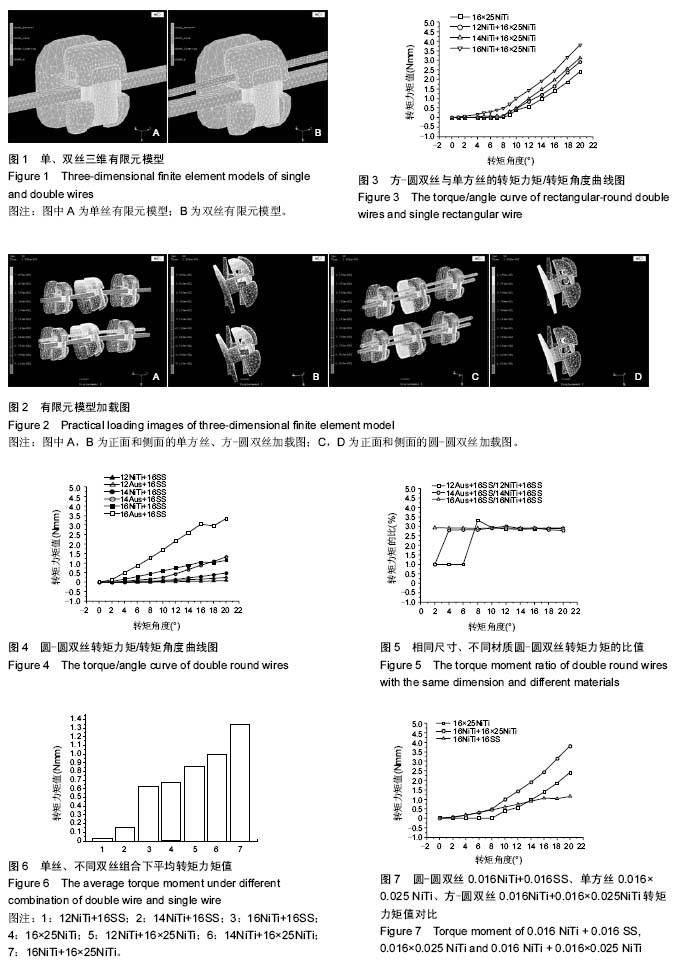| [1] 牛百平.全新的正畸概念——Damon系统:第一部分 Damon系统的基本特点[J].实用口腔医学杂志,2008, 24(4):608-611.
[2] Kannan MS, Murali RV, Kishorekumar S, et al. Comparison of frictional resistance of esthetic and semi-esthetic self-ligating brackets. J Pharm Bioallied Sci. 2015;7(Suppl 1):S116-120.
[3] 邓莉华,熊国平.自锁托槽及弓丝材质对转矩效能的影响[J].中华口腔医学研究杂志:电子版,2009,3(1):42-44.
[4] Scott P, DiBiase AT, Sherriff M, et al. Alignment efficiency of Damon3 self-ligating and conventional orthodontic bracket systems: a randomized clinical trial. Am J Orthod Dentofacial Orthop. 2008;134(4):470. e1-8.
[5] Songra G, Clover M, Atack NE, et al. Comparative assessment of alignment efficiency and space closure of active and passive self-ligating vs conventional appliances in adolescents: a single-center randomized controlled trial. Am J Orthod Dentofacial Orthop. 2014; 145(5):569-578.
[6] Damon DH. The Damon low-friction bracket: a biologically compatible straight-wire system. J Clin Orthod. 1998;32(11):670-680.
[7] Damon DH.Introducing the Damon system Ⅱ.Clin Impressions.1999;8(2):2-9.
[8] Al Fakir H, Carey JP, Melenka GW, et al. Investigation into the effects of stainless steel ligature ties on the mechanical characteristics of conventional and self-ligated brackets subjected to torque. J Orthod. 2014;41(3):188-200.
[9] Archambault A, Major TW, Carey JP, et al. A comparison of torque expression between stainless steel, titanium molybdenum alloy, and copper nickel titanium wires in metallic self-ligating brackets. Angle Orthod. 2010;80(5):884-889.
[10] Major TW, Carey JP, Nobes DS, et al. Deformation and warping of the bracket slot in select self-ligating orthodontic brackets due to an applied third order torque.J Orthod. 2012;39(1):25-33.
[11] Heo W, Baek SH. Friction properties according to vertical and horizontal tooth displacement and bracket type during initial leveling and alignment. Angle Orthod. 2011;81(4):653-661.
[12] Griffiths HS, Sherriff M, Ireland AJ. Resistance to sliding with 3 types of elastomeric modules. Am J Orthod Dentofacial Orthop. 2005;127(6):670-675.
[13] Kannan MS, Murali RV, Kishorekumar S, et al. Comparison of frictional resistance of esthetic and semi-esthetic self-ligating brackets. J Pharm Bioallied Sci. 2015;7(Suppl 1):S116-120.
[14] Fathimani M, Melenka GW, Romanyk DL, et al. Development of a standardized testing system for orthodontic sliding mechanics. Prog Orthod. 2015; 16:14.
[15] Morina E, Eliades T, Pandis N, et al. Torque expression of self-ligating brackets compared with conventional metallic, ceramic, and plastic brackets. Eur J Orthod. 2008;30(3):233-238.
[16] Odegaard J, Meling T, Meling E. An evaluation of the torsional moments developed in orthodontic applications. An in vitro study. Am J Orthod Dentofacial Orthop. 1994;105(4):392-400.
[17] Gioka C, Eliades T. Materials-induced variation in the torque expression of preadjusted appliances. Am J Orthod Dentofacial Orthop. 2004;125(3):323-328.
[18] Huang Y, Keilig L, Rahimi A, et al. Numeric modeling of torque capabilities of self-ligating and conventional brackets. Am J Orthod Dentofacial Orthop. 2009; 136(5): 638-643.
[19] Huang Y, Keilig L, Rahimi A, et al. Torque capabilities of self-ligating and conventional brackets under the effect of bracket width and free wire length. Orthod Craniofac Res. 2012;15(4):255-262.
[20] Sebanc J, Brantley WA, Pincsak JJ, et al. Variability of effective root torque as a function of edge bevel on orthodontic arch wires. Am J Orthod. 1984;86(1): 43-51.
[21] Meling TR, Odegaard J, Meling EO. On mechanical properties of square and rectangular stainless steel wires tested in torsion. Am J Orthod Dentofacial Orthop.1997;111(3):310-320.
[22] Hixson ME, Brantley WA, Pincsak JJ, et al. Changes in bracket slot tolerance following recycling of direct-bond metallic orthodontic appliances. Am J Orthod. 1982; 81(6):447-454.
[23] Iijima M, Muguruma T, Brantley WA, et al. Comparisons of nanoindentation, 3-point bending, and tension tests for orthodontic wires. Am J Orthod Dentofacial Orthop. 2011;140(1):65-71.
[24] Tominaga JY, Chiang PC, Ozaki H, Effect of play between bracket and archwire on anterior tooth movement in sliding mechanics: A three-dimensional finite element study.J Dent Biomech. 2012;3: 1758736012461269.
[25] Pelsue BM, Zinelis S, Bradley TG, et al. Structure, composition, and mechanical properties of Australian orthodontic wires. Angle Orthod. 2009;79(1):97-101.
[26] 辜岷,白丁,梁芮,等.正畸方丝转矩余隙角的研究[J].临床口腔医学杂志,2004,20(3):171-173.
[27] 沈刚,陈荣敬.双排沟托槽力学性能的初步实验分析[J].口腔正畸学,2003,10(3):112-116.
[28] Siatkowski RE. Continuous arch wire closing loop design, optimization, and verification. Part I. Am J Orthod Dentofacial Orthop. 1997;112(4):393-402.
[29] Abuabara A. Biomechanical aspects of external root resorption in orthodontic therapy. Med Oral Patol Oral Cir Bucal. 2007;12(8):E610-613.
[30] Meling TR, Odegaard J, Meling EO. On mechanical properties of square and rectangular stainless steel wires tested in torsion. Am J Orthod Dentofacial Orthop.1997;111(3):310-320.
[31] 黄宁,辜岷.正畸方丝转矩力的分析[J].华西口腔医学杂志,2008,26(2):152-155. |

